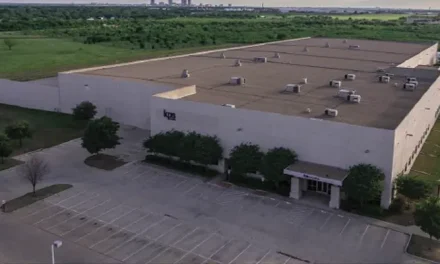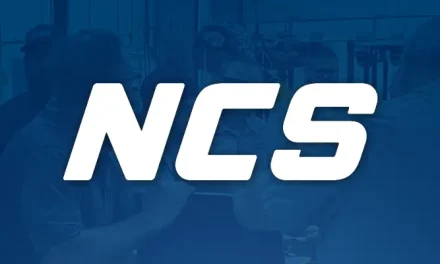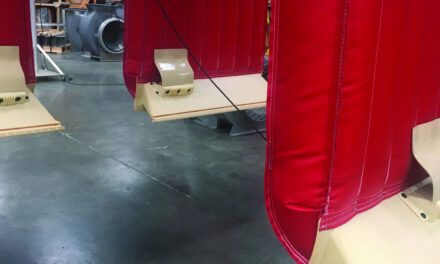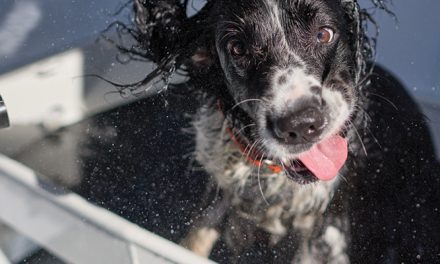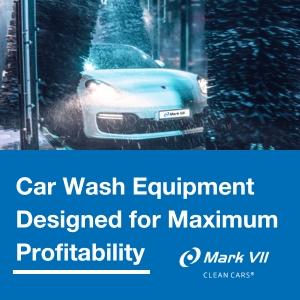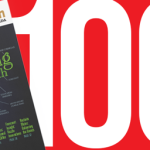
Canadian Carwash Operators: Beware Low Quality Hog’s Hair Brushes
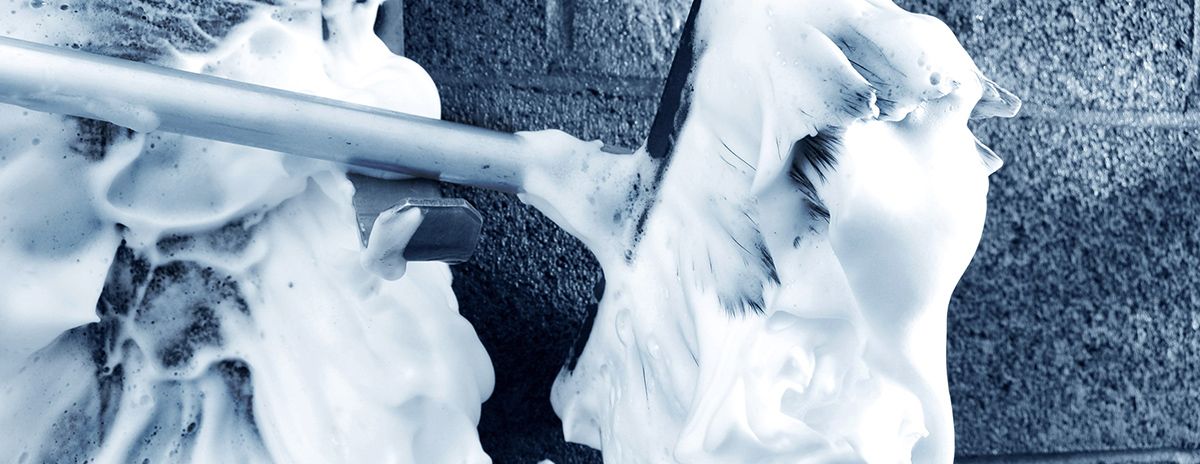
For years, Canadian carwash operators have relied on hog’s hair brushes in self-serve bays as foaming brushes, or as general prepping tools prior to a wash.
Known for its superior cleaning, soft-touch, and long life, hog’s hair is the ideal brush material for a gentle cleaning, but, when needed, can still provide a firm scrubbing action for stubborn dirt and debris.
Still, as imports from overseas continue to enter the market, operators are advised to watch for the subtle signs of lower quality offerings: Namely, compromises in the length, thickness, and density of the hair used in the manufacture of the brush itself. Although skimping on these factors can reduce the price by a few dollars, inferior hog’s hair brushes must be replaced more often, provide a poorer wash, and can fail prematurely.
Fortunately, long-time North American manufacturers of carwash products have specialized in producing superior hog’s hair brushes with long-established techniques to ensure the quality of the hair and the final product. These quality offerings are designed to last much longer and clean much better while providing a significantly greater long-term value.
“At their best, hog’s hair bristles offer finer, longer filaments than any other material for a softer, plusher wash, that will not scratch, and minimizes grit accumulation,” says Robert Pecora, president of Chicago, IL based Erie Brush, a manufacturer of hog’s hair brushes, cloth, foam, tire/wheel brushes and detailing brushes to the carwash industry since 1948.
Quality hog’s hair is tapered and much softer at the feathered tips for gentle washing, while still allowing for stronger scrubbing when pressure is applied. Compared to other brush materials, hog’s hair is durable, super soft, and resilient despite bending and prolonged use, and so is the most profitable choice in the long run.
However, this is only the case when the hog’s hair used in the manufacturing of the product is of the highest quality.
“In general, the shorter the brush filament length and bigger the diameter filament, the harder it presses on the car; and the longer and finer the filament the more gently it presses on the car,” explains Pecora. “So, a quality hog’s hair brush will have more density of hair that is not only the proper thickness but also longer.”
The best hog’s hair should also be able to quickly recover its natural shape even when bent 90-degrees. In fact, one quality hog’s hair brush can outlive three to four less expensive options, which can remain bent out of shape.
To underscore the importance of the quality of the hair, Erie Brush utilizes equipment that eliminates any shorter loose hair from the supplier. “We only use the plushest bristles with proper thickness and length while eliminating weaker bristles to make the highest quality brush. This provides a better wash far longer, which keeps the customer coming back,” says Pecora.
“Poorly designed or constructed brushes that save Canadian carwash operators a few dollars up front often can be more costly in the long run. The cost may not be in dollars and cents alone but may affect the reputation of the operation as well as have a negative impact on repeat business,” adds Pecora. He notes that domestic production also lowers shipping cost and speeds order fulfillment while supporting American jobs.
The bottom line is that if Canadian carwash owners want to offer customers an exceptional wash that keeps them coming back, there is no substitute for a high-quality brush.
Since offering vehicle owners a quality wash can be essential to attracting more business and referrals, Pecora also offers the following tip for self-serve bay foaming brushes, where the most hog’s hair brushes are utilized.
“In terms of foaming brush head design, the more holes available to dispense high quality foam, the more even the foam application along the entire length of the hog’s hair brush, and the better the wash and glide along the car’s surface,” says Pecora.
He cautions that if a foaming brush head has just two holes, the foam comes out in two spots and there is not enough foam for all the bristles. This makes washing the car more difficult and marking the car paint more likely.
“For an even foam spread that covers all the brush bristles, you need more foam holes,” says Pecora. “For instance, a nine-inch rectangular brush head should have at least six foam holes for the best wash and brush glide across the car’s surface.”
According to Pecora, the superior quality foaming brush head design with six foam holes is produced and offered from North American manufacturers, while the two-hole design is more typical of an overseas supplier.
As for the hog’s brushes used at prep stations, Pecora suggests spending at least a little bit of time reviewing the options and asking questions of the manufacturers.
“As a manufacturer, we understand that the brushes essentially look the same to the untrained eye, with one costing less, but there are considerably differences in quality that ultimately affect the performance and the final cost,” says Pecora. “So, Canadian carwash operators should spend the time to identify the quality hog’s hair prep or foaming brush that will provide the greatest long-term ROI and not just the least expensive option available.”
For more info, call 800-711-3743 (ERIE) in US, 773-477-9620 internationally; Fax 800-798-3743 (ERIE) in US, 773-477-6030 internationally; email sales@eriebrush.com; visit www.eriebrush.com; or write to Erie at 860 West Fletcher St., Chicago, IL 60657.

